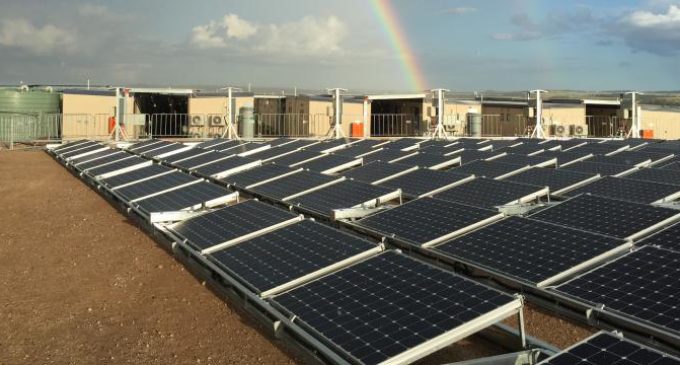Renewable energy sources have been slow to penetrate the mining sector, largely because they’re capital-intensive and stationary. But that may be beginning to change.
Flexibility is important in the industry. A mine can be shut down if commodity prices fall. The company that owns it can then easily relocate fossil fuel-based generators. In contrast, Solar PV infrastructure can’t be moved.
Until now, that is. Companies like Australia’s SunSHIFT have developed portable, turnkey solar solutions designed to overcome the limitations of traditional solar PV in the mining sector.
“The ability to rapidly drop in a large-scale solar power plant, integrate it with new or existing energy sources and storage to create a ‘micro-grid,’ and relocate it like a diesel generator at any time is a game changer,” says Dr. Rayward-Smith, general manager of SunSHIFT.
But solar PV still faces some challenges, such as not being able to generate energy at night, and ensuring enough sun reaches the system. “So we use a hybrid energy system of solar, fossil fuels, and storage,” he explains.
Despite these challenges, Dr. Rayward-Smith says the business case for using solar PV energy on mining sites stacks up both financially, and also from a risk perspective. It reduces the need to contend with the logistical challenges inherent in transporting fuel, and offers protection against price volatility.
“The cost of energy from large-scale solar photovoltaics (PV) is now comparable or lower than diesel or gas generation in new off-grid applications,” Rayward-Smith explains. While traditional equipment is cheap in the near-term, the long-term cost of the fuel required to run it is considerable. A solar farm is more costly up front, but very inexpensive over the long term. “With energy being one of the major mining costs, this has a big impact on the industry’s viability.”
See the full article at Engineers Australia.

